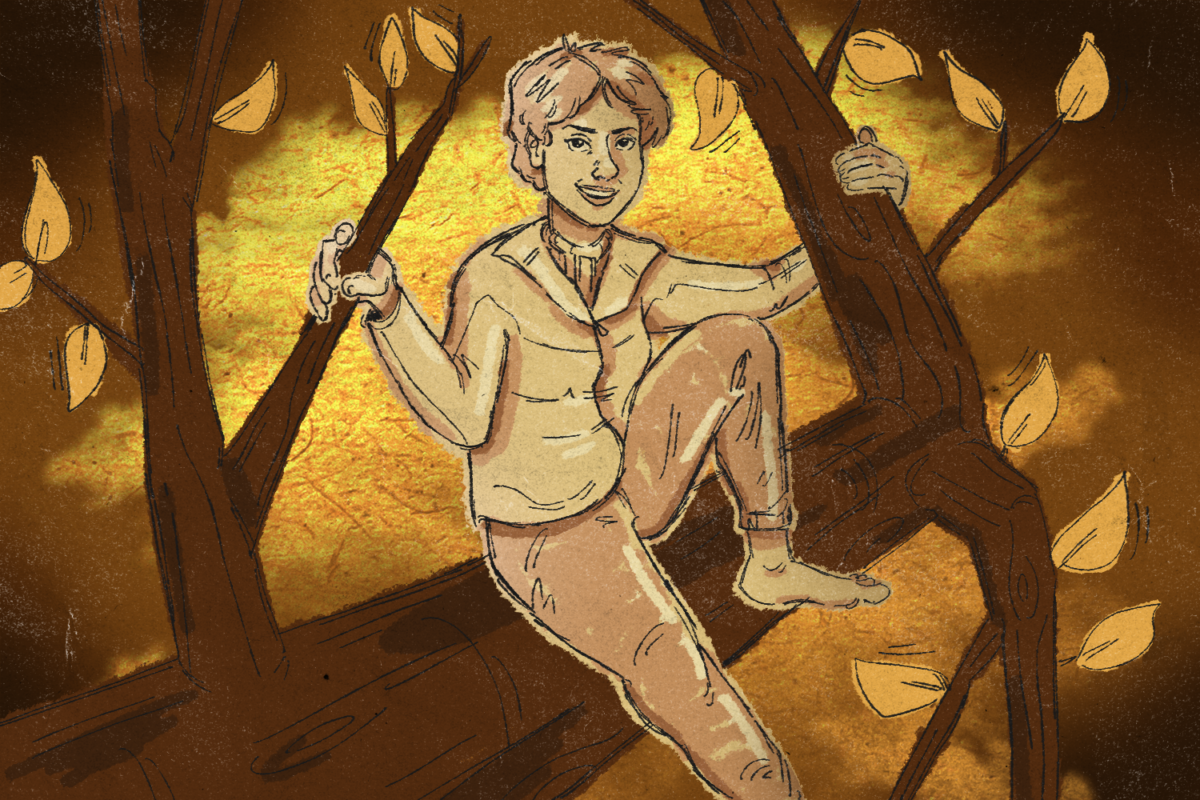From saving forests one tree at a time, to redirecting taxes
Julia Lorraine Hill is an American activist and environmentalist, known for living in a tree for over two years as a protest against deforestation.
Hill adopted the nickname “Butterfly” from the age of 7, when a butterfly landed on her finger during a hike and stayed there for the duration of the walk.
At age 22, she survived a major car crash involving a drunk driver who hit her car from behind, which resulted in the steering wheel penetrating her skull. Her injuries required to re-learn how to walk and talk.
“As I recovered, I realized that my whole life had been out of balance… I had graduated high school at 16, and had been working nonstop since then, first as a waitress, then as a restaurant manager. I had been obsessed by my career, success, and material things. The crash woke me up to the importance of the moment, and doing whatever I could to make a positive impact on the future,” she said in a biography.
This is what made Hill embark on a spiritual journey that made her more aware of the environmental crisis, specifically the deforestation of redwood forests in Stafford, California.
She told the Washington Post in 2004 that “the steering wheel in my head, both figuratively and literally, steered me in a new direction in my life.”
Shortly after recovering from her accident, Hill attended a fundraiser in Humboldt County, California to save the forests.
At the time, the Pacific Lumber Company was clear-cutting the redwood forest, a forestry practice which results in most (if not all) trees in a forest to be cut down. On New Year’s Eve 1996, their practices left the community of Stafford buried in mud and tree debris after it had fallen down due to a landslide.
This is when the community demanded action and asked for a volunteer to tree-sit for a week in protest of the clear-cutting. According to Hill, she was the only one willing to do so.
She ascended the 200-foot tall and 1,000-year- old tree, later nicknamed Luna, on December 10, 1997. The week-long protest turned into a 738-day one, where Hill lived on a small platform. A support crew would often come to provide her with food, medicine and necessary survival gear.
During her time in the air, she endured the harsh weather conditions with only a sleeping bag to keep her warm and was harassed and intimidated by the Pacific Lumber Company.
Hill and the Pacific Lumber Company came to an agreement in 1999 for them to not cut down Luna and preserve all other trees within a 200-meter radius, in exchange for Hill to evacuate the tree. As part of the agreement, the $50,000 that was collected by the environmental groups supporting Hill’s tree-sit were also donated to Humboldt State University to support research into sustainable forestry.
Luna is now protected under the non-profit Sanctuary Forest and a team of experts is constantly looking after her.
Hill’s history of civil disobedience does not stop there. In 2003, she started redirecting her taxes to places she believed “our tax money should be going.”
Tax redirection is a form of direct action that takes place through refusal to pay taxes, and in Hill’s case, redirecting that money to different causes. She gave $150,000 to different environmental and social programs that work to provide solutions such as alternatives to incarceration.
After years of dedication to various social causes, Hill seems to have retired her activism career, as her website reads she is “no longer available for anything at all relating to me being Julia Butterfly Hill.” She still leaves behind a legacy of important and concrete actions.
As our world is in an ever-growing climate crisis and younger generations seem more discouraged than ever, Hill’s story is a perfect example of the overworked environmental activist burnout.
“People forgot there was only one of me and tens upon tens of thousands of everyone wanting, needing, asking, hoping, and demanding,” she said.
